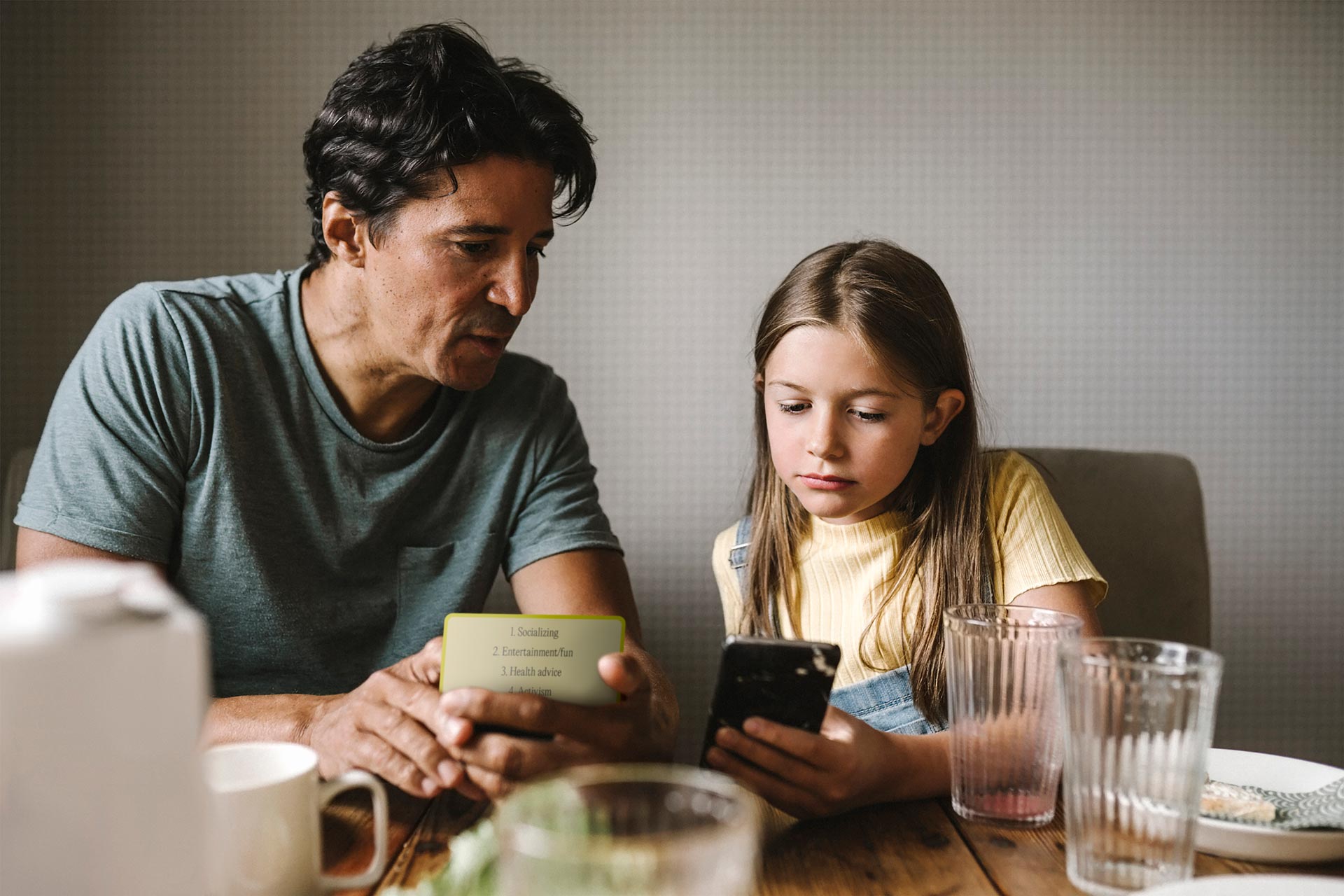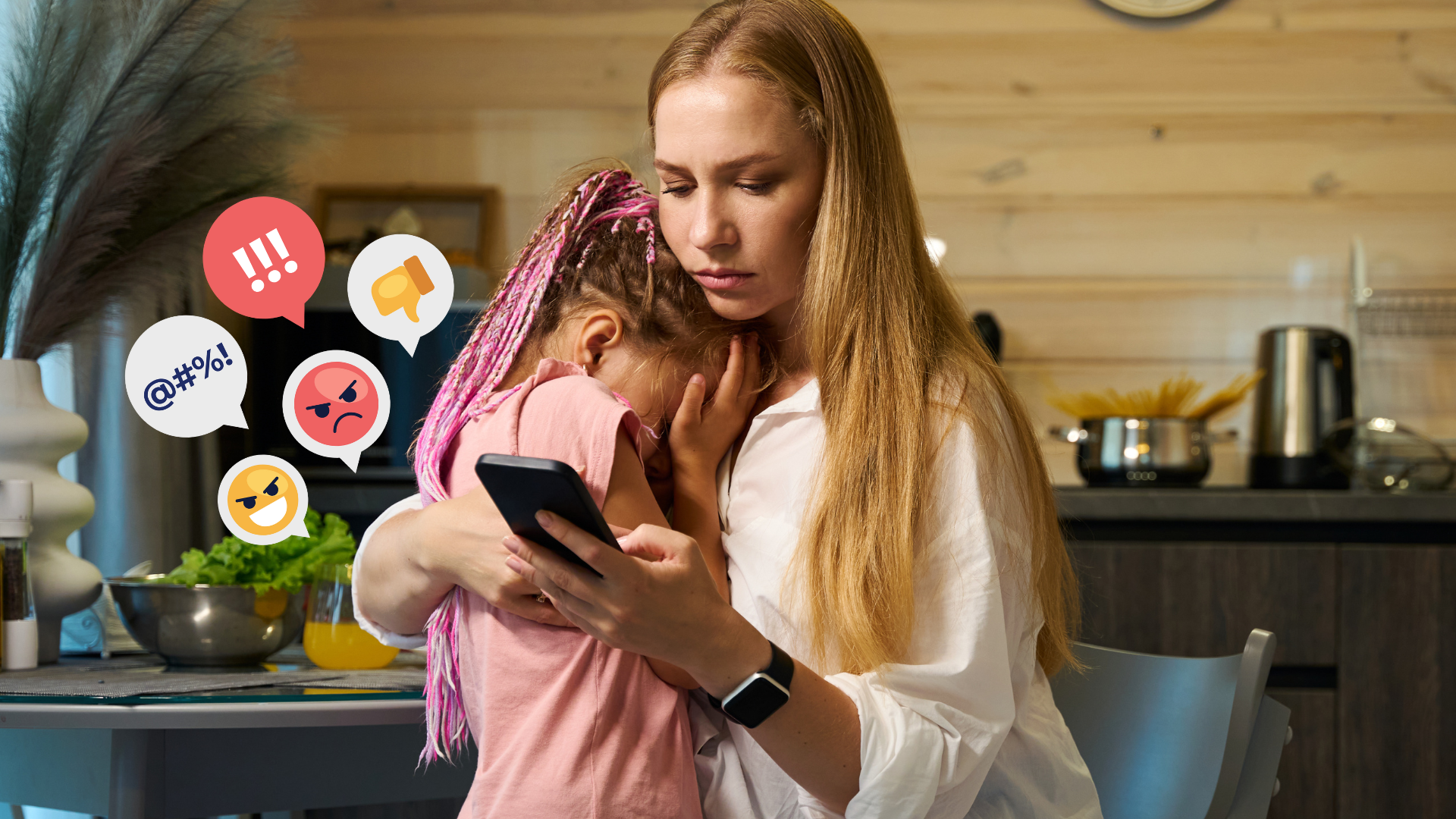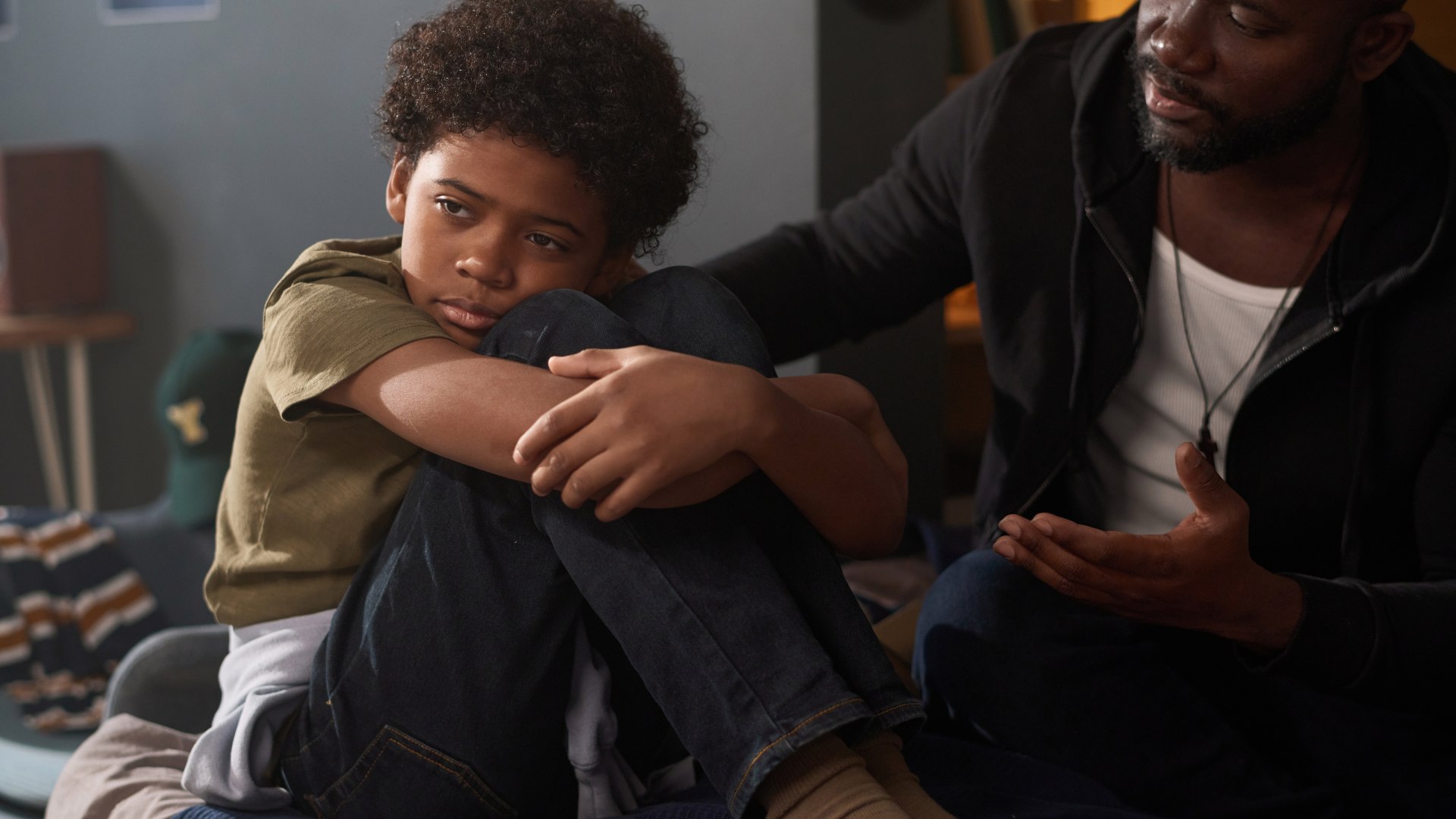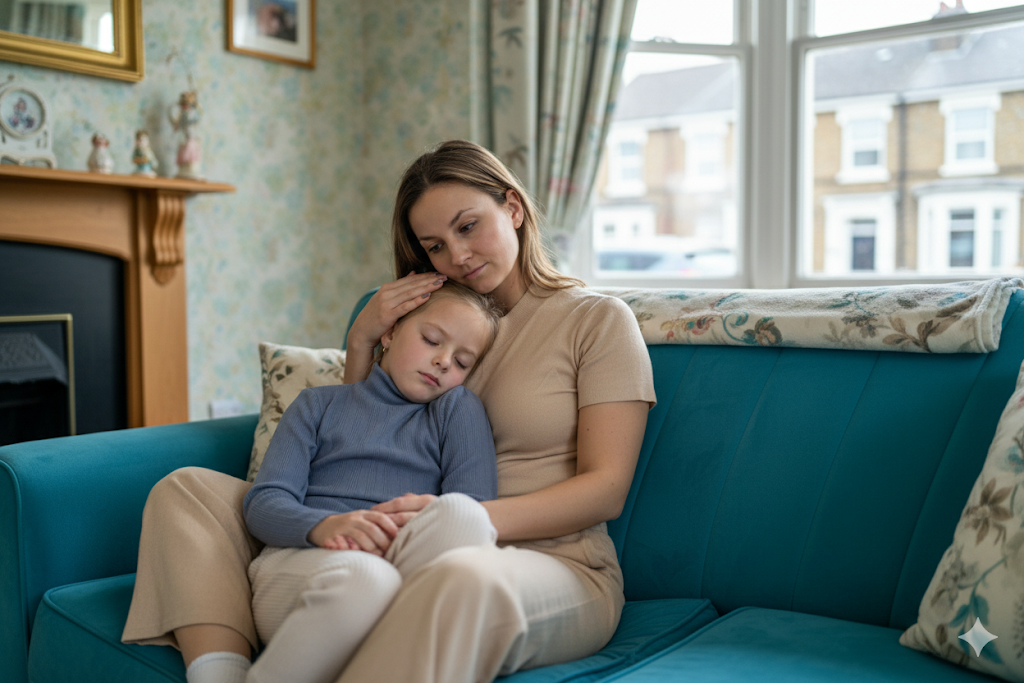It is our responsibility as adults to help our children solve issues with cyberbullying.
It is our responsibility as adults to help our children solve issues with cyberbullying.
Digital bullying or cyberbullying has been a growing issue since the advent of the internet, especially in the last few years. When kids start to live their lives online, issues from the physical world, like bullying, will follow.
Bullying is especially devastating to the child experiencing it, but it’s also harmful for the kids witnessing it. This is why we have to be on the lookout to spot cases of cyberbullying and understand how cyberbullying happens.
But what does cyberbullying look like? It can be hard for parents and other outsiders to kids’ online world to understand what it looks like and how it happens. It might not always be obvious to see, which is why we should learn about the different forms of cyberbullying examples.
Why cyberbullying is a serious issue
The reality is, online and offline, as children grow older, they become more oriented toward their peers. Seeking belonging and acceptance is crucial for their development, and being mistreated or excluded from a group can hurt as deeply as physical pain.
This is because the brain processes emotional and physical pain through similar pathways, making social rejection or manipulation feel genuinely threatening. This is part of the reason why cyberbullying is harmful and has to be taken seriously, called out, and stopped to prevent cyberbullying long-term effects. The effects of cyberbullying on mental health for the victims are well-documented.
But bullying also creates an unsafe environment for everyone who witnesses it. No one feels safe around bullying. It can give a feeling of not being able to trust others, or that it is dangerous to be yourself or to stand out. Therefore, the consequences of cyberbullying are not limited to the victims. It should always be seen as a sign of unhealthy group dynamics or a toxic culture. Only removing the victim from the situation won’t fix the problem in the long run.

“Cyberbullying is often hard to spot since it often doesn't happen out in the open, but is hidden in our child’s pocket on their phone.”
Why cyberbullying is difficult to detect
Cyberbullying can take many forms. Like all bullying, it is repeated and systematic actions purposely meant to harm or humiliate. Something that happens once can be an example of bullying behavior, but it is not considered systematic bullying. However, calling out inconsiderate or harmful behavior before it takes the shape of ongoing bullying can be preventative.
As parents, we want to know how to detect cyberbullying and how to recognize the signs and symptoms of cyberbullying. Online bullying is often hard to spot since it doesn't happen out in the open, but is hidden in our child’s pocket on their phone.
Additionally, there can be different forms of covert bullying that parents might not be able to understand unless they are familiar with the different ways children communicate online and the importance it holds to them.
But just because we don’t see it, doesn't mean it’s not there. The growing number of cyberbullying cases tells us that it is a concerning issue. With cyberbullying hiding behind the screen of our kids’ phones, we don't know about it unless we ask or they tell us about it. So knowing what to ask and understanding their digital world and friendships is crucial.
The unique harm of cyberbullying
When it comes to cyberbullying vs traditional bullying, there are some noticeable differences. The great psychological damage from cyberbullying is mainly caused by the fact that it’s not limited to a physical location, like it’s the case with in-person bullying. Cyberbullying can happen 24/7 and unexpectedly, and can have anywhere from one to an endless number of aggressors, leaving a child with no place to hide from the harassment.
Moreover, harm caused by internet bullying also has to do with the possibility of anonymous cyber bullying. The fact that threats or mean messages can be anonymous, and children don’t know who the bully is or if it’s someone they might know, only adds to the anxiety and insecurity caused by the bullying.

This is why it’s so important we take cyberbullying seriously and talk with our kids about best practices when they interact online and what they should look out for. They also need to know who they can go to for help and support when dealing with the emotional effects of cyberbullying. Hopefully, this approach can have an impact on cyberbullying and help prevent it.
What does cyberbullying look like?
In order to help kids and stop cyberbullying when it happens, we need to know what it looks like. How is cyberbullying done, meaning where and how does cyberbullying happen?
There are many cyberbullying examples on social media. These apps are a mix of social interaction, public exposure, and features to signal social acceptance. How you present yourself, or are being presented by others, and how you are received by peers and sometimes a wider audience, is all very important to the young users. This, unfortunately, makes social media platforms and the features they offer a perfect tool to carry out many different forms of cyber bullying.
Often, kids and parents wonder what counts as cyberbullying, and for example, is harassment a form of bullying? Cyberbullying behaviors are many and diverse. Harassment is a form of bullying, and ongoing harassment or any form of humiliating or harmful treatment counts as bullying, too.
This includes behaviour where you in some way or the other purposely exclude someone from a group, or put them down using threats, mean comments, or tend to online public shaming.
This is not only the case with bullying via social media, but also happens in the gaming world, or using other internet-based channels like websites.

Here are some cyberbullying examples in real life where online bullying behavior patterns can be seen:
- Exclusion: being excluded from a group chat or group you belong to. Consistently being ignored on purpose, not having your messages answered, or your photos liked, or other examples of online exclusion.
- Threats and mean comments: Receiving threats, nasty comments, or messages. This can happen in public comments, in private chats or messages or as group chat bullying, and can include online threats of violence.
- Online public shaming or humiliation: Having pictures taken of embarrassing or private situations and shared online to be made fun of or receive mean comments. Having hate groups created to talk badly about someone, shame them, or spread rumors.
- Manipulation and deception: Being manipulated or exposed in a chat or group, for example, having screenshots taken of conversations that are shared out of context. Being tricked or deceived through fake profiles, or online connections with the purpose of hurting and causing harm.
“Seeking belonging and acceptance is crucial for their development, and being mistreated or excluded from a group can hurt as deeply as physical pain.”
Final thoughts: Take children’s online life seriously
One of the cornerstones of parenting in a digital world is that we have to take our children’s online lives seriously. Additionally, we must listen and make an effort to understand the scenario when they mention conflicts online, and not instantly dismiss their complaints or drama.
We shouldn’t just look out to spot the victims. We need to call out the bullies, too, and the supporting culture and unsafe environment that enables the bullying. As hard as it may be to accept, it could be our own child who is the bully, or they may be a witness to the bullying and need support on how to speak up.
In both cases, no matter whether your child is a bully or being bullied, we need to be looking out for bullying behavior and be ready to call it out. We must educate our kids about empathy and being respectful, and be ready to lead by example. This is by far the best approach to prevent cyber bullying.

Be ready to dive into how to talk about cyberbullying, and let your child know they can turn to you without fear of being dismissed or judged. Their online and offline experiences matter, and brushing them off as something they’ll “grow out of” or as “unimportant” can leave them feeling isolated in their pain. It’s important to talk about cyberbullying.
We might not understand why something happening online can feel hurtful, but we still have to trust our child's experience and make an effort to understand what’s going on. A strong, open relationship is one of the most powerful ways to protect them and succeed in parenting in the digital age.





